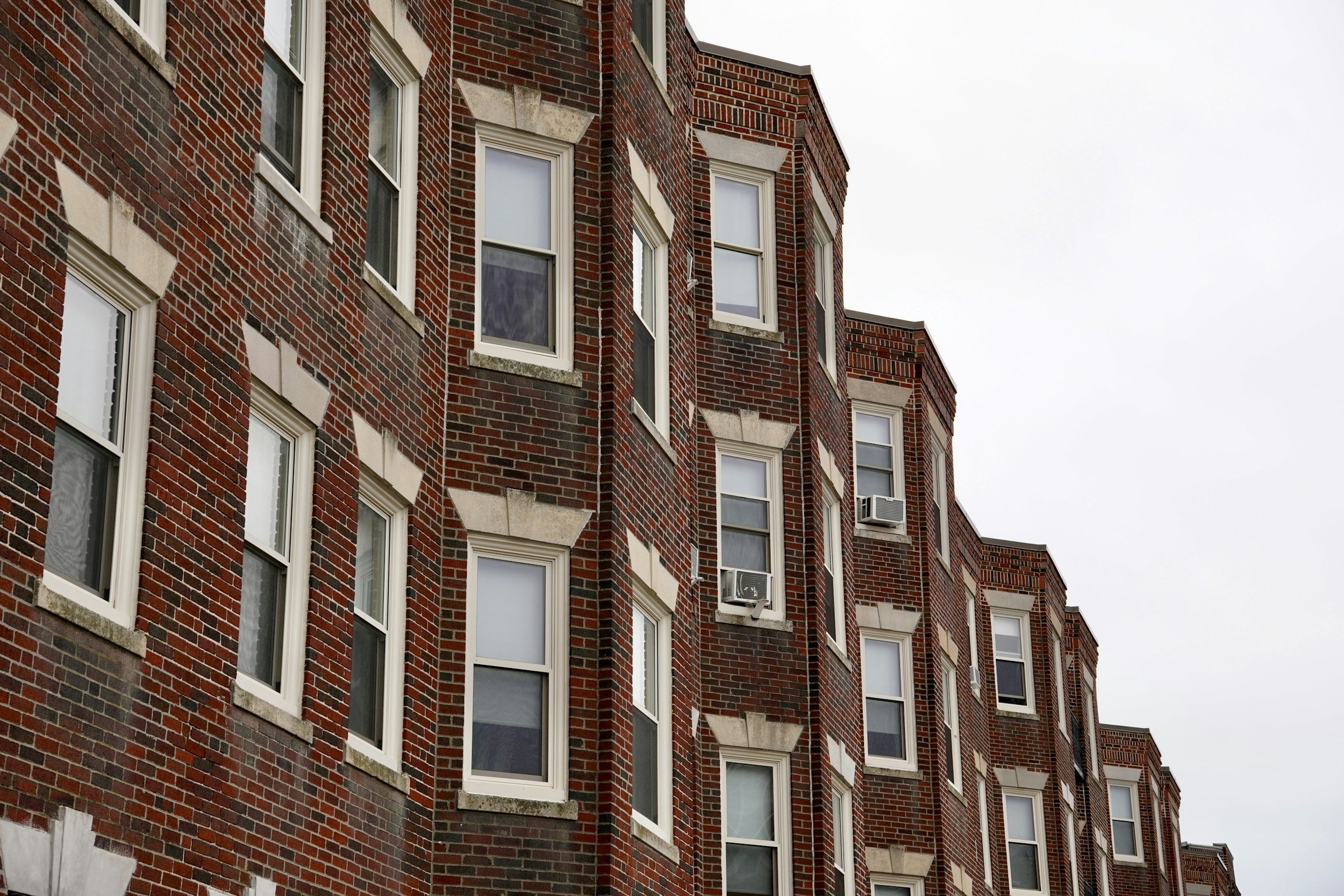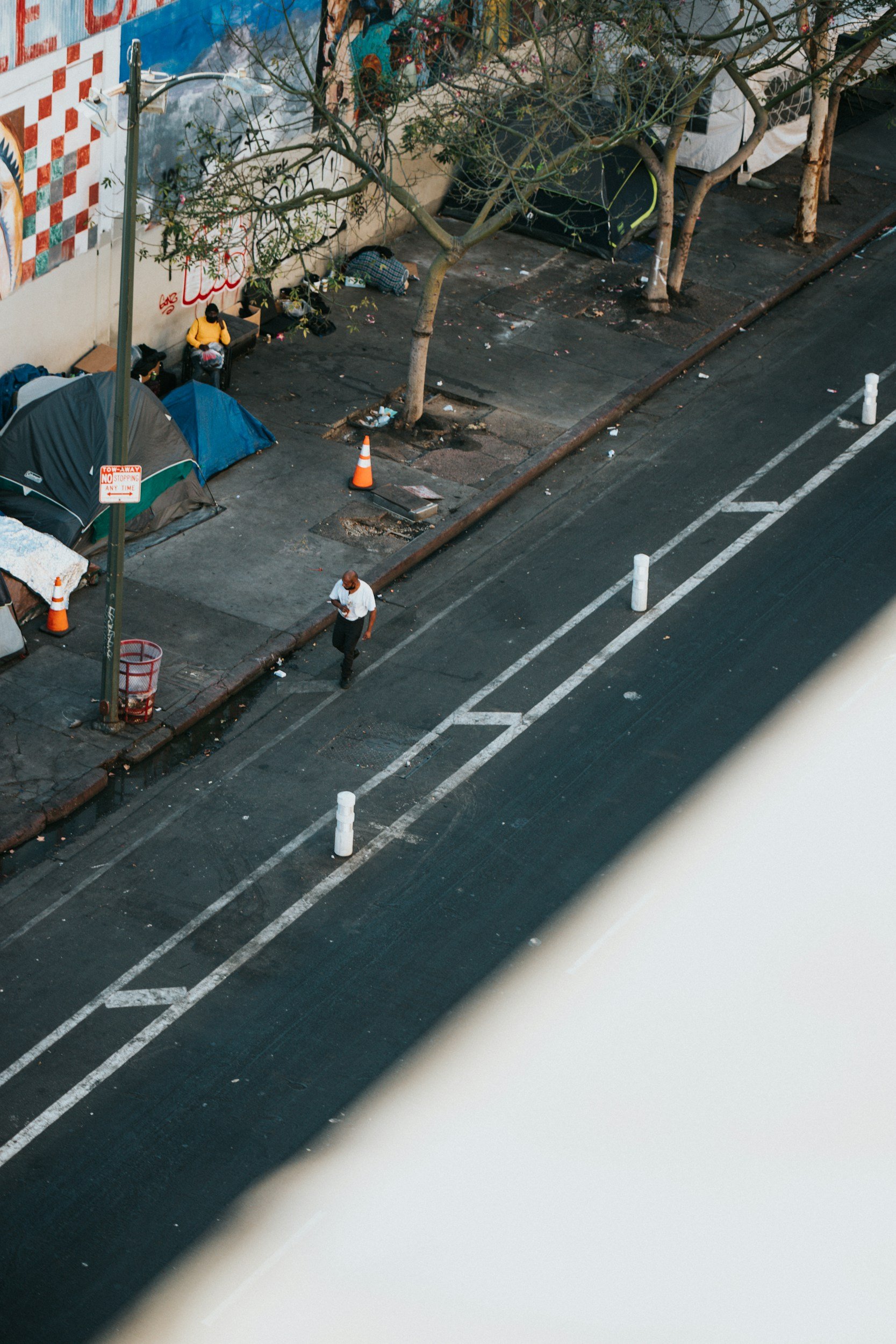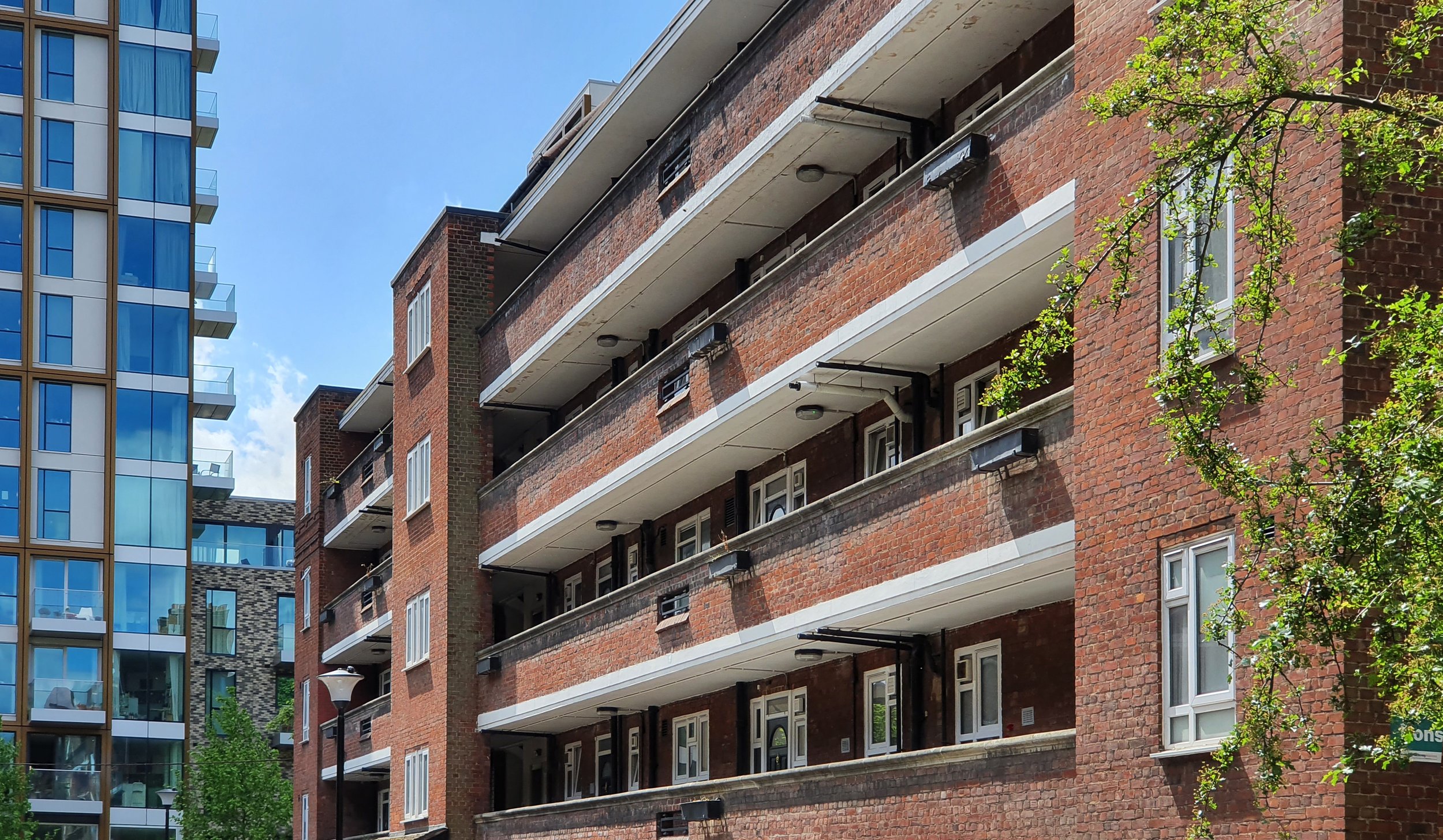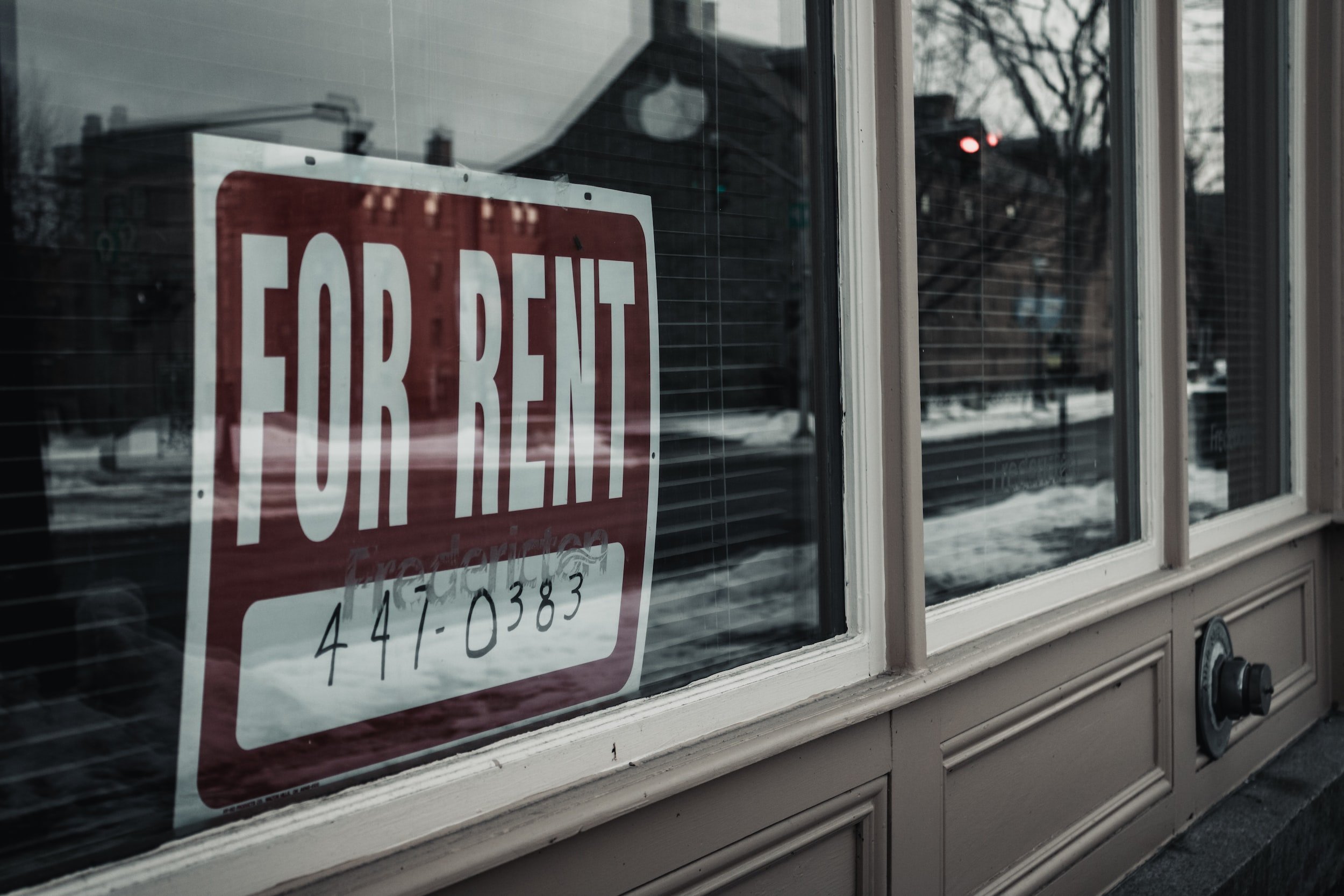
New Faces, Changing Spaces
The relationship between gentrification and policing is not new. Prior research has demonstrated increased policing in gentrifying neighborhoods, at times, driven by citizen demand. But data constraints have limited the ability to determine the source and characteristics of citizen calls to the police. Moreover, there are many important debates around what explains this increased demand. Conventional wisdom argues that increased demand by gentrifiers is simply a response to their exposure to greater crime when moving into previously disinvested spaces. However, substantial qualitative evidence finds that this demand is often a response by gentrifiers’ to perceived disorder in their new neighborhoods, and in particular, privileged whites’ response to more ethno-racial diversity within neighborhoods. My article evaluates these explanations and more broadly, the nature of demand for policing in gentrifying contexts in order to understand how privileged citizens wield power in gentrifying areas and how this shapes their interactions with local government.

Congregation Sponsored Affordable Housing
This research aims to examine how congregations form development partnerships and what successful planning strategies they utilize to gain city approval and accomplish affordable housing construction. Secondly, this research compares faith-based development planning activities to urban planning standards for project design and social integration. Thirdly, this article explores whether congregation members social networks were utilized to obtain support for the affordable housing project. I adapted survey items measuring forms of social capital mediated by organizations for civic engagement and political participation.

Trends and Characteristics of U.S. Metropolitan Neighborhood Integration, 2000-2020
Integration, arguably one of the primary goals of the Civil Rights Movement, has become a topic of renewed interest among scholars as a means of promoting racial, ethnic, and socioeconomic equity in the United States. Dr. Elizabeth Anderson in particular argues that integration “consists in comprehensive intergroup association on terms of equality.” Conceptions of integration like this represent a more expansive understanding of integration than how most researchers measure it and likely how most of us understand it.

The Effects of Policy-Interested Bureaucrats on State and Local Policymaking
Housing choice vouchers — formerly known as "Section 8" — are the primary way that the federal government provides rental assistance to low-income Americans. Vouchers work through a three-way contract: low-income tenants pay a fixed portion of their income to a private landlord, and a local Public Housing Authority (PHA) pays the difference between what the tenant can pay and the fair market rent. An administrative challenge of this program is that some landlords may not want to participate, whether because of the red tape that comes with contracting with a PHA or because of stereotypes that voucher-holders are bad tenants. There is no federal prohibition against landlords simply refusing to rent to any tenant who wishes to pay their rent using a housing choice voucher.

A Tale of Two Crises
At the onset of the COVID-19 pandemic, the situation of people experiencing homelessness and what communities could do to protect this vulnerable subpopulation emerged as an area of particular concern. People experiencing homelessness are both less likely to be able to self-isolate or quarantine and more likely to suffer a severe case of COVID-19 due to underlying health conditions. In addition, local mitigation efforts in response to the pandemic may have negative, unintended consequences for the population experiencing homelessness.

Exploring the Impacts of TOD Housing Stock and Built Environments on Housing Costs in Twenty-Six U.S. Metropolitan Areas
This paper contributes to the debates on housing supply efforts and the “missing middle” argument by examining the relationships between the share of metropolitan housing units in three types of compact transit-rich built environments and TOD housing rent. The census block groups of twenty-six U.S. metropolitan areas with intra-urban light, heavy, or commuter rail service were classified into six categories based on proximity to rail, housing density, and walkability: three rail-proximate built-environment types (high, moderate, and low density and walkability) and their three non-rail equivalents. Additionally, the studied metropolitan areas were grouped into three clusters based on housing and transit characteristics.

Navigating the Complexities of Council Estate Regeneration
The redevelopment of Woodberry Down, one of the largest council estates in London, has been the subject of intense debate: touted in regeneration circles as a success story, critics have labeled it as yet another example of the pervasive state-led gentrification of London council housing. As we delved into the multifaceted story of Woodberry Down, we have uncovered a nuanced tapestry of victories and losses, forcing us to grapple with the question: is Woodberry Down an example of successful regeneration or is it yet just another casualty of “state-led gentrification”?

Transforming a Day-Laborer’s Quarter into a Service Hub
This study analyzes the transformation of Kotobuki in Yokohama, Japan, from a day laborers’ quarter to a service hub using public choice and neo-Hegelian theories. It aims to address gaps in understanding the role of city government in welfare provision, which has often been overshadowed by the focus on civil society’s contributions. By conducting in-depth interviews with city government officials and civil society personnel, the study explores Kotobuki’s unique evolution into a welfare center through the lenses of these analytical frameworks.

High and Dry
Recent hurricanes, floods, and wildfires across the United States highlight the devastating effect of climate change on individuals and households. Renters and households with low incomes are disproportionately exposed to and harmed by these disasters in many ways – but there are still open questions about the effects of these disasters, specifically on rents. On the one hand, disasters often lead people to leave affected areas, which may lessen demand for housing and lead to lower rents. On the other hand, disasters generally damage housing units, rendering some unusable, which may lower supply and lead to higher rents.

Consumption and Economic Security
This study reveals a built-in contradiction of capitalist housing markets by conceptualizing homeownership as a special commodity, the consumption of which involves two separate stages of conflicting purposes: limited financial resources are fought over in the consumption of mortgage products (to obtain homeownership) and the enhancement of household economic security (to sustain homeownership). It is the latter stage that determines the long-term prospect of sustainable homeownership.

Do Land Banks Mean Progress Toward Socially Equitable Urban Development?
Within the US, land banks have become a popular model to transform vacant and abandoned sites into productive properties in cities facing population decline. Land banks wield significant powers, assembling land and disposing of property. Local governments have viewed land banks as an improvement to the municipal management of foreclosed property in cities losing population and a tool to provide community programs that support social equity.

Inaccuracies in Low Income Housing Geocodes
Since 1987, the Low Income Housing Tax Credit (LIHTC) has funded more than 90% of subsidized housing built in the United States. Thus, the LIHTC database—maintained by the Department of Housing and Urban Development—is the primary source of insight into where and when affordable housing is built. For researchers or policymakers hoping to map affordable housing, it is critical to know if the geocodes provided by HUD in this dataset are accurate. By reviewing multiple samples of thousands of LIHTC developments individually, we find that HUD-provided geocodes for housing subsidized by the LIHTC are frequently inaccurate.

Where Do They Go?
Is gentrification pushing poor households to the fringes of our cities or to even more marginalized neighborhoods? As many of our nation’s cities increasingly attract young, highly educated professionals, a worrisome trend accompanying this influx is the increase in gentrification. Gentrification has sparked much concern because of the fear of low-income households being priced out of their neighborhoods and pushed into neighborhoods less advantageous than from which they are originating. To date, there has been relatively little research that examines the destinations of households moving from gentrifying neighborhoods.

Wealthier Neighbors and Higher Rents
When it comes to public housing in the United States, the Department of Housing and Urban Development (HUD) is in a bind. Public housing developments across the country are quite literally crumbling in the face of a $70 billion backlog of deferred maintenance and repairs, placing many of the 1.8 million low-income tenants in housing units that may be dysfunctional or unsafe. However, previous efforts to redevelop public housing—most notably, HOPE VI—forcibly displaced low-income renters from their homes, removed affordable housing from cities through demolition without replacement, and catalyzed the gentrification of majority-Black neighborhoods in cities across the country.

Homeowners Saying “Yes, In My Back Yard”: Evidence from Israel
What if there is a way to harness the interests of the incumbent homeowners to encourage urban development rather than prevent it? In a new article published in Urban Affairs Review – "Homeowners Saying ‘Yes, In My Back Yard’: Evidence from Israel" – I argue that NIMBYism is not the sole expression of their self-interest, or even the dominant one. In Israel a mature system for the demolition and densification of existing residential buildings has changed the preferences and behavior of many homeowners, who now can directly benefit from the upzoning of their neighborhoods through deals with developers.

Housing Vouchers Can Reduce Children’s Exposure to Neighborhood Disadvantage and Be a Tool to Reduce Racial and Ethnic Inequality in Neighborhood Attainment
American cities are heavily segregated by race and income, reflecting a legacy of racism and a housing policy heavily tilted toward White suburban homeowners. Recent research suggests that the economic impact of growing up in a poor neighborhood is significant – children can experience reduced rates of economic mobility, which reduces adult earnings and employment. For very poor children, moving to a high-opportunity neighborhood early in life can significantly affect future economic outcomes.

How Landlords of Small Rental Properties Decide Who Gets Housed and Who Gets Evicted
About half of US rental housing is held by small-scale “mom and pop” owners. These owners often have only one or two units and, historically, have rarely drawn the attention of scholars or policymakers. However recent work on eviction and the impact of the Covid-19 pandemic and eviction moratoriums on small-scale landlords have brought “mom and pop” owners into the headlines.

Capitalizing on Collapse
A well-documented consequence of the recent foreclosure crisis was a pronounced dislocation in the single-family home market. Large institutional buyers backed with Wall Street capital emerged to capitalize on this dislocation. These firms acquired hundreds of thousands of single-family homes to create a pool of institutionally-owned single-family rentals (SFRs) in markets across the U.S. Existing research highlights both positive and negative effects of this investor activity. Analyses suggest that home purchases and subsequent investments by these actors have reduced vacancies and aided recovery from the housing bust, however, studies also show associations between institutional investment in SFRs and increases in home prices and evictions.

Gangnam Style – A Symbol of Fast Urban Growth and Deep Inequality
In 2012, South Korean singer Psy’s Gangnam Style became a global sensation, earning three billion views on YouTube. In several interviews, Psy mentioned that the theme of the song was intended to satirize the extravagant and speculative culture of the place (Jung and Li 2014). With his motto to “dance cheesy, dress classy,” the music video showed Gangnam’s trendy and luxurious lifestyle, as well as the high-rise properties of the wealthy. Indeed, Gangnam has become an emblematic and successful example of Korea’s compressed economic development. At the same time, it also began to symbolize deepening urban segregation, as Gangnam is concentrated with the super-middle class with socio-economic, and even political, superiority in South Korea.

Recidivism and Neighborhood Governance
Prisoner re-entry and recidivism pose significant challenges for many of our most economically disadvantaged neighborhoods. Ex-offenders face such disadvantages as weakened family and social relationships, outdated skills, stigma in the labor market, and psychological trauma from prison experience. The social isolation and economic vulnerability that ex-offenders face spills over into their neighborhoods, reinforcing neighborhood poverty and weakening local social institutions. At the same time, neighborhood poverty and other forms of disadvantage create barriers to successful re-entry and make it more likely that an ex-prisoner will re-offend. These findings lead many researchers to conclude that cycles of incarceration and re-entry reinforce neighborhood disadvantage in many communities.